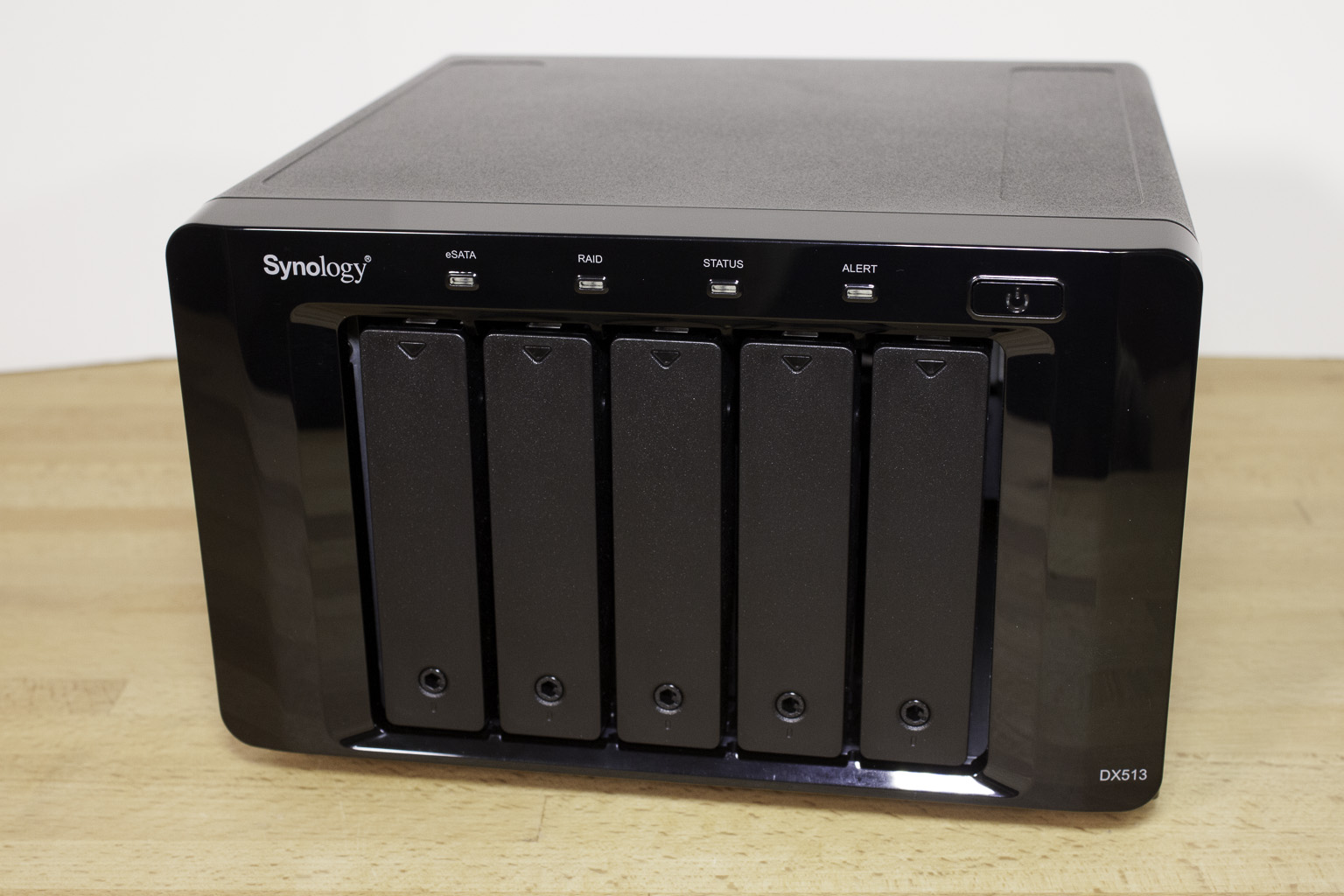Value -
As we have said in the past value is exceptionally subjective, what is a good deal to me might not be to you. This is true despite the many attempts that people have made to quantify value and put a raw score to it. So let’s take a look at the value of the DX513 from both the view of actual dollars and what you get for your money.
On the surface the DX513 looks a little pricey. The lowest price we found for a new one online was $449.95. On top of that price you will need to buy drives to drop into your new NAS. For our testing we used five Seagate ST300NC000 3TB drives. These drives go for $207.99 if you stick with the configuration we have here you are looking at $1490 before shipping and any applicable taxes. That is a hefty chunk of change. Now let’s look at an alternative; if you were to simply swap out your existing drives you will have to back up your data to another device, take the unit down, install the new drives and then restore the data to your new volume. Depending on what business you are in that downtime can cost you more than $1490 and you have not really added to anything. If you choose to upgrade your storage and move the files over to a new unit (we will use a DS1512+ as the example) then you will spend another $850 and then you end up trying to find a use for your old storage. Although adding on a DX513 with five 3TB drives might not be the least expensive move, it is a good one and one that has a much better ROI than trying to swap out drives or replacing a storage device with a new one.
Conclusion –
The Synology DX513 is a great add-on product and one that gives more options for expansion and performance than it might seem on the surface. Of course this only works for you if you already have a Synology NAS that has support for the DX513, but you can get a good idea of the value you can gain from having a device like this in your network. The DX513 not only gives you room for expanding your storage, but also the ability to upgrade your whole storage network by moving data between the two devices while you install new and larger drives. We were and are quite happy with the DX513 that we added to our Lab Storage and can see where the Synology Eco System would fit into many business models quite well.
With its combination of quality, ease of use and performance we are happy to award the DX513 from Synology with our Gold Key Award.
 |
Tell us what you think in our Forum




